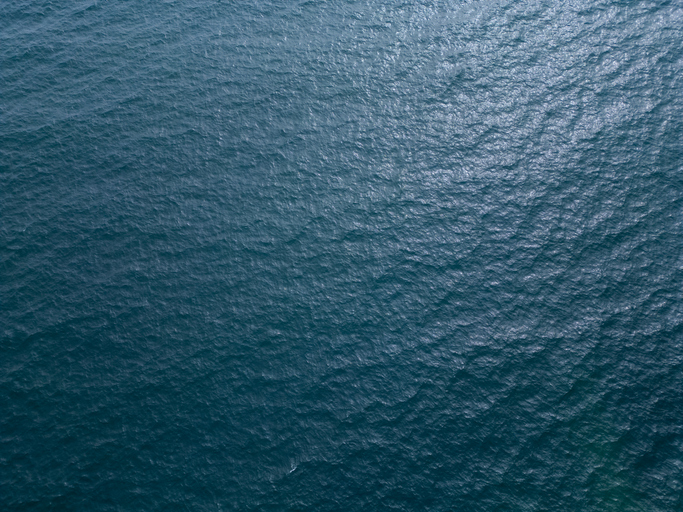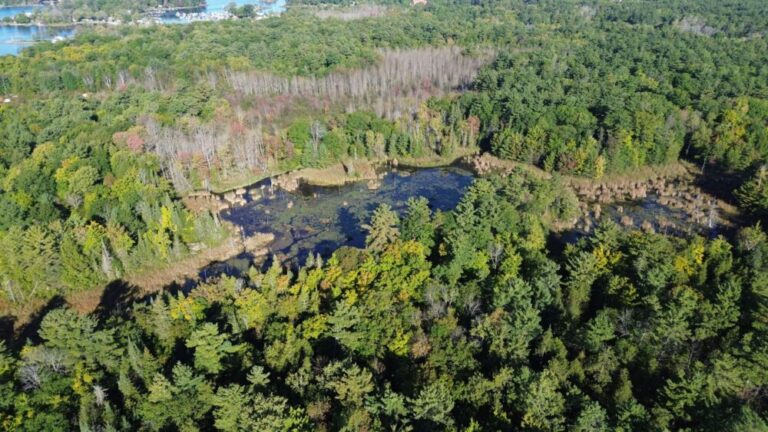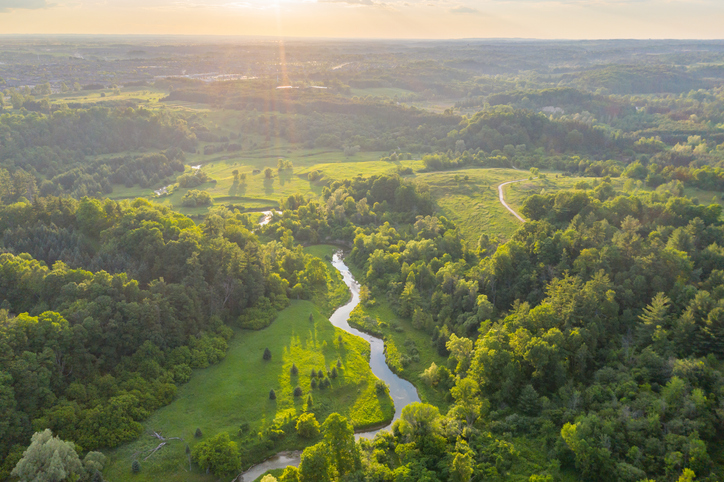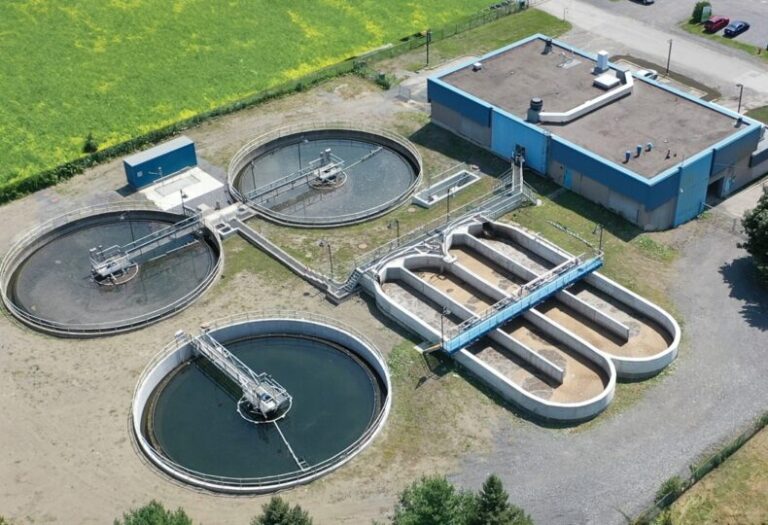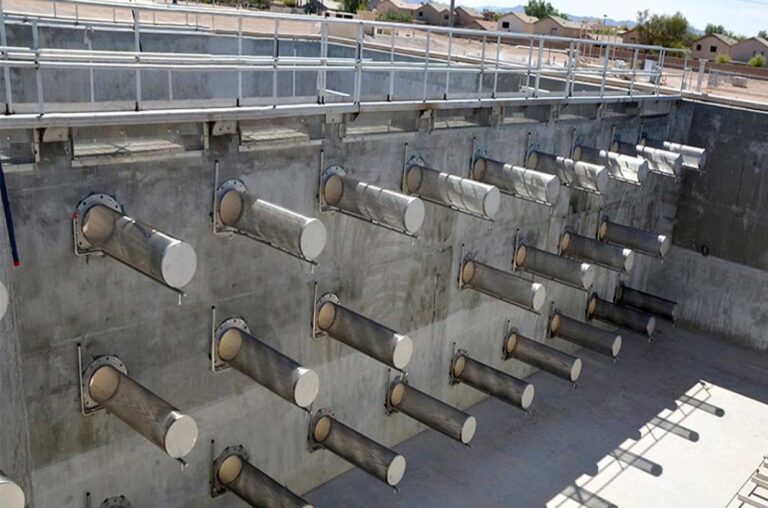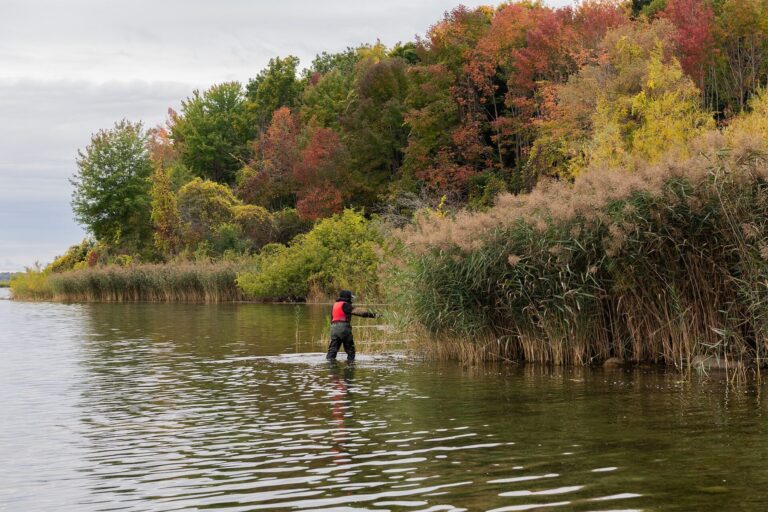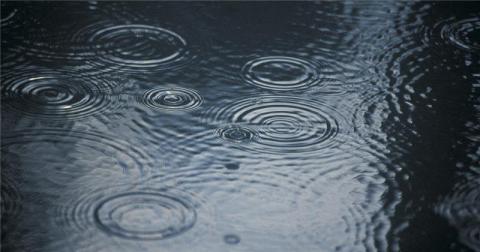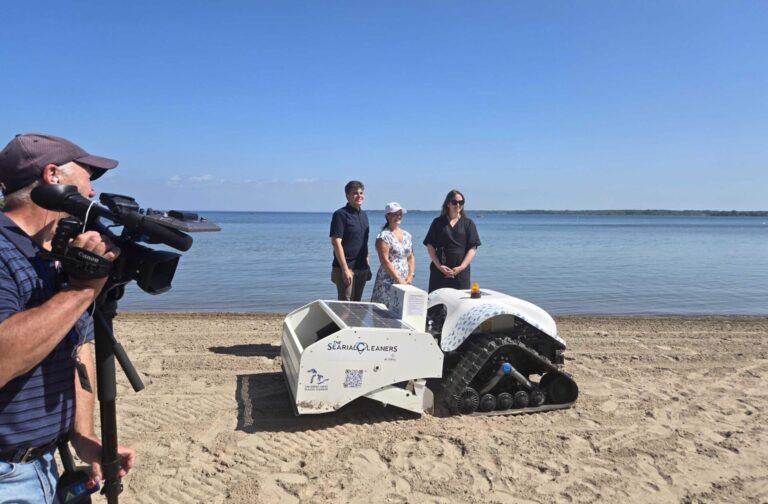To help facilitate on-the-ground preventative action against aquatic invasive species, Fisheries and Oceans Canada launched the $8.75 million Aquatic Invasive Species Prevention Fund (AISPF) in 2023.
The following seven multi-year projects amount to more than $3.7 million in contribution funding to help increase awareness amongst Canadians of the threat of aquatic invasive species, as well as prevent their introduction and spread.
| Funding recipient | Province | Project description | Term/years | Funding amount |
|---|---|---|---|---|
| Grand Council Treaty #3 | Ontario (at the Ontario-Manitoba border) | Treaty #3 aquatic invasive species prevention initiative This project will focus on the promotion of Clean, Drain, Dry and Don’t Let It Loose practices, the creation of educational materials, the operation of watercraft decontamination stations, and water sampling for early detection of Zebra Mussels. |
2024-25 to 2026-27 | $546,356 |
| Huntsman Marine Research Centre | Nova Scotia | Establishing the extent of the invasive Didemnum vexillum (sea vomit) and other marine invasives in the Bay of Fundy through community partnerships The Huntsman Marine Research Centre will raise awareness among scallop fishers on the presence of Didemnum vexillum (commonly known as Pancake Batter Tunicate or Sea Vomit Tunicate) and other aquatic invasive species. They will conduct surveys and sampling via citizen science, remote operated vehicle (ROV) surveys and environmental DNA sampling. |
2024-25 to 2026-27 | $749,019 |
| Intervale Associates Inc. | Newfoundland and Labrador | Prevention, management, and creating awareness of aquatic invasive species in western Newfoundland Intervale Associates Inc. will focus on:
|
2024-25 to 2026-27 | $513,891 |
| Maliseet Nation Conservation Council | New Brunswick | Study of the ecology, distribution, and abundance of invasive Black Crappie and Southern White Crayfish in Big Lake, NB and the formulation of a strategy for eradication or long-term management of two populations The Maliseet Nation Conservation Council will focus on:
|
2024-25 to 2026-27 | $295,922 |
| Mi’Kmaq Alsumk Mowimsikik Koqoey Association | Newfoundland and Labrador | Miawpukek First Nation aquatic invasive species prevention The Mi’Kmaq Alsumk Mowimsikik Koqoey Association will develop an aquatic invasive species awareness campaign in the Bay d’Espoir area, as well as focus on European Green Crab trapping, invasive Tunicate detection, the promotion of Clean, Drain, Dry and Don’t Let It Loose practices, citizen science and environmental DNA sampling. |
2024-25 to 2026-27 | $436,723 |
| North Coast Skeena First Nations Stewardship Society | British Columbia | Early detection and monitoring of European Green Crab in the Skeena River Estuary The North Coast Skeena First Nations Stewardship Society will focus on European Green Crab monitoring and trapping in priority areas of the Skeena River Estuary. |
2024-25 to 2026-27 | $740,575 |
| RAPPEL – Co-op de solidarité en protection de l’eau | Quebec | Preventing the introduction and spread of aquatic invasive species in eastern Canadian lakes and rivers through awareness, education and boat decontamination RAPPEL will focus on the operation of boat washing stations, the promotion of Clean, Drain, Dry practices, and aquatic invasive species education and awareness. |
2024-25 to 2026-27 | $473,992 |

